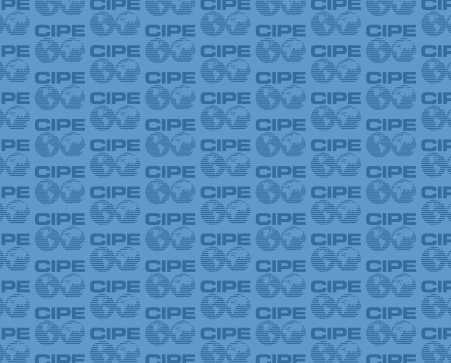
Introduction by Tim Ridout:
Colombia’s 2016 Peace Accord between the government and the Revolutionary Armed Forces of Colombia (FARC) made headlines throughout 2016 as it was in the final stretch of negotiations and eventual adoption on November 30, 2016. Although it has since attracted less attention in international news, the ratification of the agreement simply marked the completion of one step in the process. Since then, Colombia’s government, politicians, business community, and civil society leaders have been hard at work implementing the next phase in the accords, which seeks to bring rapid reforms and concrete gains to the Colombian people so they see the benefits of peace, particularly in the zones most affected by the conflict or previously controlled by the FARC. The key is to fill the vacuum quickly to prevent turmoil. Improved economic opportunity has been central to this effort, as have reforms to issues that fueled the conflict, such as coca production, land rights, and corruption.
Blog by Víctor Saavedra:
CIPE has joined forces with Fedesarrollo, Colombia’s primary think tank, in order to complete two objectives. The first is to monitor the extraordinary powers that the president has been given to issue rules that will implement the peace accord signed in December 2016; the second is to do an analysis of the public procurement system in the country and recommend how to more transparently administer the post-conflict resources (which in 2018 will reach nearly one billion U.S. dollars).
Regarding monitoring, Fedesarrollo has published two analyses thus far: one about regulation of a major land reform law (Decree 902 of 2017) and the other about substituting coca cultivation (Decree 896 of 2017). The land reform decree, which implemented one of the primary points of the Peace Accord, affected the processes for assigning, restoring, sanctioning, and regulating the rights of use and property regarding land. The business associations, primarily from the agricultural sector, had serious questions about the rule, which led to debates in the country.
Fedesarrollo approached the final decree in a balanced way, given that the approved text was not harmful to private sector interests, but earlier draft versions of the decree could have created risks if some of the initiatives were included. Fedesarrollo gave recommendations on clarifying the rights to property, even though the government has decided not to push for additional reforms. Additionally, one of the main risks in the post-agreement with the FARC is that networks develop that provide territory to this guerrilla group, with the increase in cultivated area and the number of families dedicated to coca production undermining the benefits of the peace process.
In 2016, according to the monitoring done by the United Nations Office on Drugs and Crime (UNODC), there was an increase of 52 percent of cultivated territory over the previous year. The two assessments of the cultivated coca area done by UNODC and the U.S. government show three periods: a stagnation of potential production area between 2002 and 2006, a decrease of roughly 51 percent between 2007 and 2013, and an estimated increase of between 133 percent and 203 percent from 2013 to 2016, depending on the source.
The options to address this phenomenon are aerial spraying, manual eradication, or interdiction of the trafficking. Within the framework of the peace process, voluntary eradication and substitution is central, for which the primary tool should be making investments and paying compensation to the zones with the greatest presence of illicit cultivation. However, it is important to clarify the availability of budget resources and address the negative incentives generated by subsidizing families that cultivate coca, which have become evident in recent years.
If these strategies do not yield fruit soon, the country will have no option but to return to instruments such as aerial spraying in spite of the criticisms of this strategy (regarding being ineffective to reduce coca crops) that came out of assessments of past experiences with this approach. Regarding the analysis of public procurement, Fedesarrollo built the first database for public contracts in the country between 2011 and 2016, from which corruption risks can be identified, particularly with post-conflict resources. A co-author of the study is the main public procurement expert in the country and former director of the National Agency of Public Procurement (ANCP). The study is part of the proposals put forth by Fedesarrollo to 2018 presidential candidates and will be widely distributed in the coming months.
In carrying out this project, CIPE and Fedesarrollo are helping to provide input to the legal changes coming out of the peace process that have a large impact on the economy and private sector, in addition to offering proposals to presidential candidates about how to improve the transparency and effectiveness of the public procurement system in the post-conflict framework.
Editor’s Note: Víctor Saavedra is an economist and researcher with Fedesarrollo, as well as a former Colombian Vice Minister of Education. Tim Ridout is the Program Officer for CIPE’s projects in Latin America.
Related Content:
Published Date: November 08, 2017